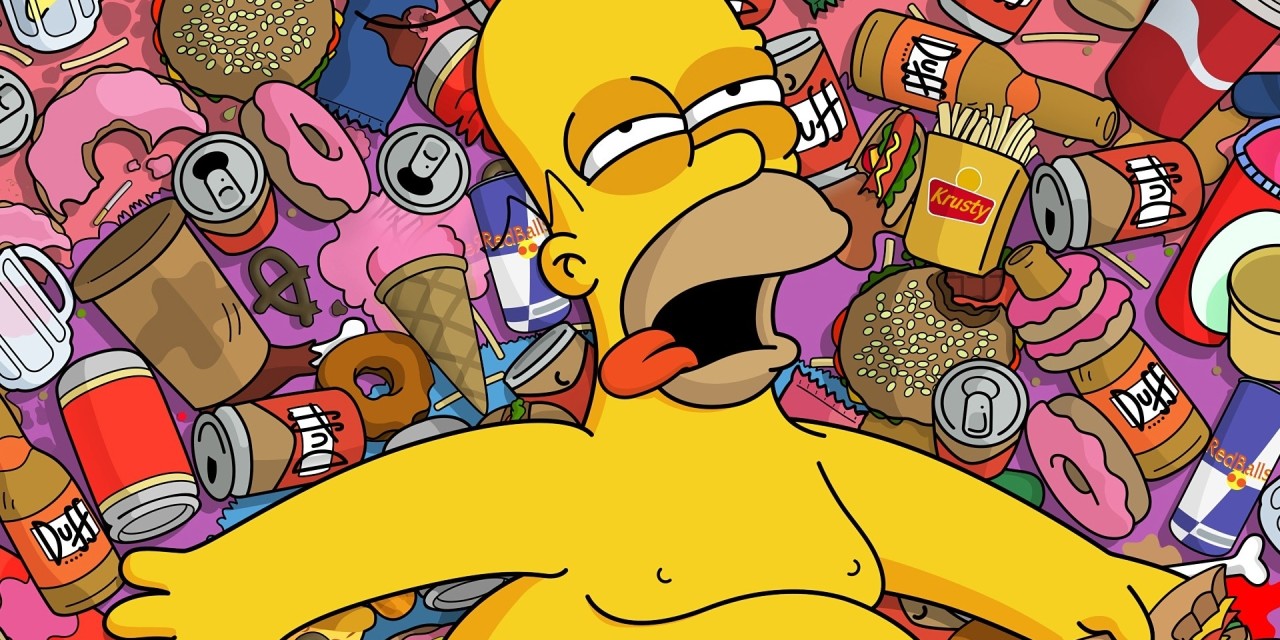

We know a good meal can stimulate the release of the feel-good hormone dopamine, and now a study in humans from the Max Planck Institute for Metabolism Research in Germany suggests that dopamine release in the brain occurs at two different times: at the time the food is first ingested and another once the food reaches the stomach. The work appears in the journal Cell Metabolism.
“With the help of a new positron emission tomography (PET) technique we developed, we were not only able to find the two peaks of dopamine release, but we could also identify the specific brain regions that were associated with these releases,” says senior author Marc Tittgemeyer (@tittgemeyer), head of the Institute’s Translational Neurocircuitry Group. “While the first release occurred in brain regions associated with reward and sensory perception, the post-ingestive release involved additional regions related to higher cognitive functions.”
In the study, 12 healthy volunteers received either a palatable milkshake or a tasteless solution while PET data were recorded. Interestingly, the subjects’ craving or desire for the milkshake was proportionally linked to the amount of dopamine released in particular brain areas at the first tasting. But the higher the craving, the less delayed post-ingestive dopamine was released.
“On one hand, dopamine release mirrors our subjective desire to consume a food item. On the other hand, our desire seems to suppress gut-induced dopamine release,” says Heiko Backes, group leader for Multimodal Imaging of Brain Metabolism at the Institute, who is co-first author on the study with Sharmili Edwin Thanarajah.
Suppression of gut-induced release could potentially cause overeating of highly desired food items. “We continue to eat until sufficient dopamine was released,” Backes says but adds that this hypothesis remains to be tested in further studies.
Earlier experiments have demonstrated gut-induced dopamine release in mice, but this is the first time it has been shown in humans.

